-
 Bitcoin
Bitcoin $106,782.3966
-0.72% -
 Ethereum
Ethereum $2,406.7764
-1.16% -
 Tether USDt
Tether USDt $1.0005
0.02% -
 XRP
XRP $2.0918
-1.53% -
 BNB
BNB $644.5785
-0.17% -
 Solana
Solana $141.0925
-0.69% -
 USDC
USDC $1.0000
0.02% -
 TRON
TRON $0.2721
0.18% -
 Dogecoin
Dogecoin $0.1585
-1.26% -
 Cardano
Cardano $0.5497
-1.14% -
 Hyperliquid
Hyperliquid $35.8493
-1.58% -
 Bitcoin Cash
Bitcoin Cash $502.3089
2.20% -
 Sui
Sui $2.7092
3.87% -
 Chainlink
Chainlink $12.8551
-1.85% -
 UNUS SED LEO
UNUS SED LEO $9.0548
0.53% -
 Stellar
Stellar $0.2344
-0.85% -
 Avalanche
Avalanche $17.2676
-0.23% -
 Toncoin
Toncoin $2.8282
0.56% -
 Shiba Inu
Shiba Inu $0.0...01113
-1.14% -
 Litecoin
Litecoin $83.9593
-0.93% -
 Hedera
Hedera $0.1447
0.82% -
 Monero
Monero $306.9022
-2.07% -
 Bitget Token
Bitget Token $4.6358
3.42% -
 Dai
Dai $0.9999
0.01% -
 Ethena USDe
Ethena USDe $1.0001
0.02% -
 Polkadot
Polkadot $3.3211
0.06% -
 Uniswap
Uniswap $6.8775
0.75% -
 Pi
Pi $0.5664
-0.27% -
 Aave
Aave $256.0055
1.28% -
 Pepe
Pepe $0.0...09013
-3.24%
Should I leave the market immediately when the Yin-envelope Yang pattern appears?
The Yin-envelope Yang pattern in crypto trading suggests a possible downtrend reversal, but its reliability depends on volume, market context, and confirmation from indicators like RSI or MACD.
Jun 27, 2025 at 11:01 pm
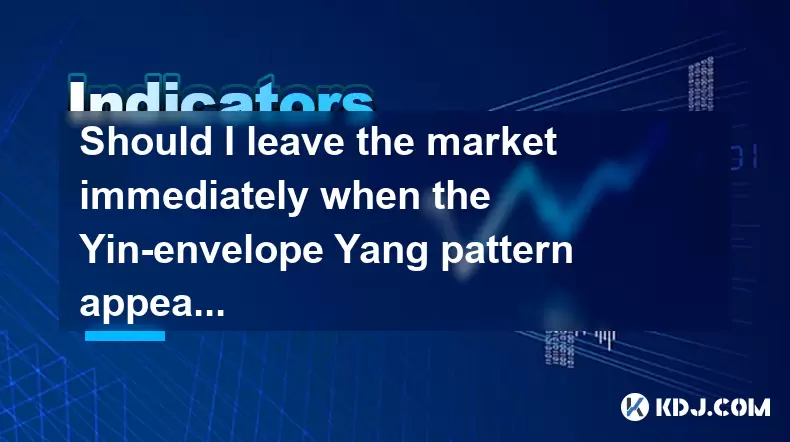
Understanding the Yin-envelope Yang Pattern in Cryptocurrency Trading
The Yin-envelope Yang pattern is a candlestick formation that often signals a potential reversal from a downtrend to an uptrend. In the context of cryptocurrency trading, where volatility is high and price movements can be abrupt, understanding such patterns becomes crucial for making informed decisions. The Yin-envelope Yang occurs when a bearish (Yin) candle is followed by a bullish (Yang) candle that completely "envelops" the previous candle's range. This means the second candle opens lower than the close of the first but then rallies to close higher than the open of the first.
This pattern suggests that buyers have taken control after a period of selling pressure.
However, in the crypto market, especially with assets like Bitcoin or Ethereum, this pattern may not always lead to a sustained upward trend. Traders must consider other factors before interpreting it as a reliable signal.
Why the Yin-envelope Yang Pattern Might Be Misleading in Crypto
Cryptocurrencies are known for their erratic behavior and susceptibility to external news events, regulatory changes, and whale activities. A Yin-envelope Yang candlestick might appear during a consolidation phase rather than a true reversal point. For example, if a coin has been falling due to profit-taking after a rally, a sudden positive tweet from a prominent figure could cause a sharp rebound—forming what looks like a reversal pattern.
- Market sentiment can shift rapidly in crypto, making candlestick patterns less reliable compared to traditional markets.
- Volume plays a critical role; if the engulfing candle appears on low volume, it may lack conviction.
Thus, relying solely on this pattern without additional confirmation tools like moving averages or RSI may lead to premature exits or entries.
How to Confirm the Validity of the Yin-envelope Yang Signal
Before deciding whether to exit your position based on the appearance of a Yin-envelope Yang, traders should look for confirming signals. These include:
- Higher-than-average trading volume accompanying the engulfing candle, indicating strong buyer participation.
- Breakout above key resistance levels following the pattern, which supports the idea of a new uptrend.
- Positive divergence in momentum indicators like MACD or RSI, showing weakening bearish pressure.
Failure to see these confirmations may suggest that the pattern is false or part of a larger consolidation phase.
What You Should Consider Before Exiting Your Position
If you're holding a cryptocurrency and a Yin-envelope Yang appears, the decision to exit shouldn't be made in isolation. Several factors need evaluation:
- Your original entry strategy: Did you enter based on technical analysis, fundamental value, or hype?
- Current profit or loss level: If you're already in profit, do you want to secure gains or ride the potential new trend?
- Broader market conditions: Is the overall crypto market bullish or bearish? Are major coins showing similar patterns?
Exits should align with your risk management plan and not be dictated purely by one candlestick pattern.
Alternative Actions Instead of Immediate Exit
Rather than exiting immediately upon seeing a Yin-envelope Yang, experienced traders may choose alternative strategies:
- Trailing stop-loss adjustment: Move your stop-loss closer to the current price to protect profits while allowing room for the trend to continue.
- Partial profit-taking: Sell a portion of your holdings and let the rest ride if the pattern confirms itself over the next few candles.
- Reassess support/resistance levels: Check if the asset is approaching a key area that could either reverse or continue the trend.
These actions help maintain flexibility and avoid emotional decision-making based on a single indicator.
Frequently Asked Questions
Can the Yin-envelope Yang pattern occur in sideways markets?
Yes, it can appear during ranging markets, often leading to false signals. It’s essential to check for trend direction and volume to determine its significance.
Is the Yin-envelope Yang more reliable on higher timeframes?
Generally, yes. Patterns observed on daily or weekly charts tend to carry more weight than those on hourly or minute-level charts because they reflect stronger market consensus.
Should I combine this pattern with Fibonacci retracement levels?
Combining the Yin-envelope Yang with Fibonacci levels can enhance accuracy. If the pattern forms near a key retracement level like 61.8%, it increases the probability of a valid reversal.
Does the strength of the engulfing candle matter?
Absolutely. A strong engulfing candle that closes near its high and shows minimal wick suggests robust buying pressure. Conversely, a weak candle with long shadows may indicate indecision among traders.
Disclaimer:info@kdj.com
The information provided is not trading advice. kdj.com does not assume any responsibility for any investments made based on the information provided in this article. Cryptocurrencies are highly volatile and it is highly recommended that you invest with caution after thorough research!
If you believe that the content used on this website infringes your copyright, please contact us immediately (info@kdj.com) and we will delete it promptly.
- Bitcoin, Stablecoins, and Treasuries: A New Era of Digital Finance
- 2025-06-28 04:50:12
- GoMining: Gamified NFTs and the Future of Bitcoin Mining
- 2025-06-28 04:30:12
- Bitcoin Price, Speculative Urgency, and Midterm Pain: A New Yorker's Take
- 2025-06-28 04:55:12
- Crypto Investors Beware: IRS Cracks Down on Tax Compliance
- 2025-06-28 04:57:13
- Fridge Cigarettes, Gen Z, and the New Addiction: Diet Coke?
- 2025-06-28 04:35:11
- Sonic, Magic Gathering, and July 2025: What's Trending?
- 2025-06-28 02:30:12
Related knowledge
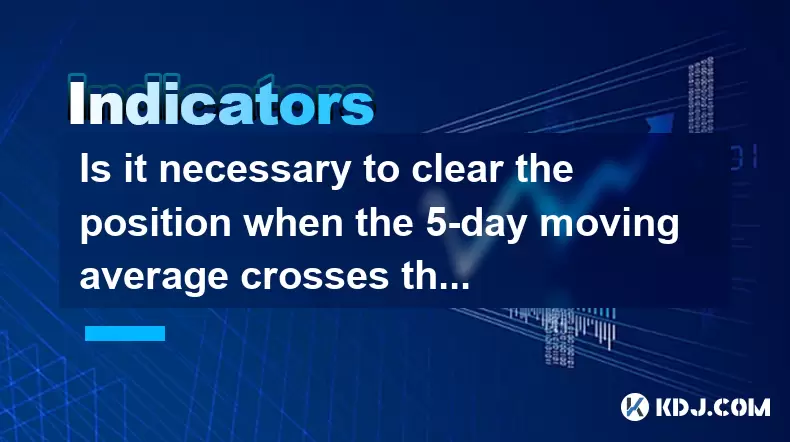
Is it necessary to clear the position when the 5-day moving average crosses the 10-day moving average?
Jun 27,2025 at 07:21pm
Understanding the 5-Day and 10-Day Moving AveragesIn the realm of technical analysis within the cryptocurrency market, moving averages play a crucial role in identifying trends and potential reversal points. The 5-day moving average (MA) and 10-day moving average are two of the most commonly used short-term indicators by traders. These tools smooth out ...
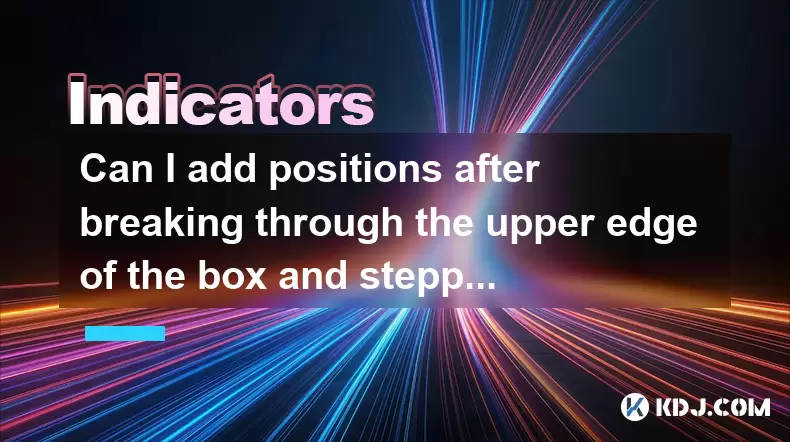
Can I add positions after breaking through the upper edge of the box and stepping back without breaking?
Jun 27,2025 at 09:56pm
Understanding the Box Breakout StrategyIn cryptocurrency trading, box breakout strategies are commonly used by technical analysts to identify potential price movements. A box, or a trading range, refers to a period where the price of an asset moves within two horizontal levels — the support (lower boundary) and resistance (upper boundary). When the pric...
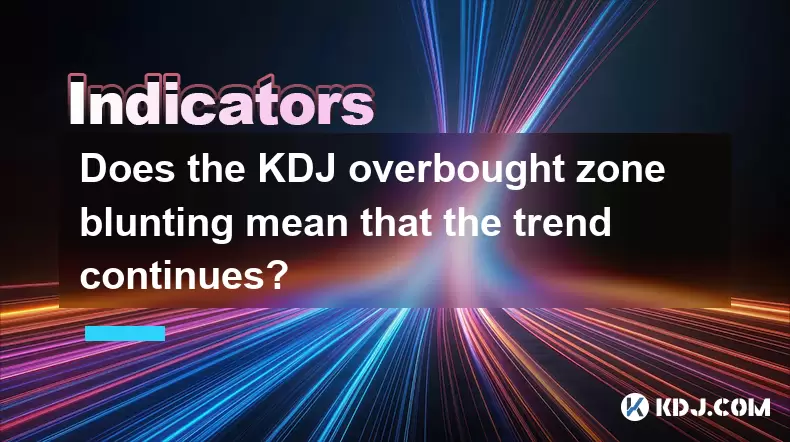
Does the KDJ overbought zone blunting mean that the trend continues?
Jun 27,2025 at 03:35pm
Understanding the KDJ Indicator in Cryptocurrency TradingThe KDJ indicator, also known as the stochastic oscillator, is a popular technical analysis tool used by traders to identify overbought or oversold conditions in asset prices. In the cryptocurrency market, where volatility is high and trends can change rapidly, understanding how to interpret the K...
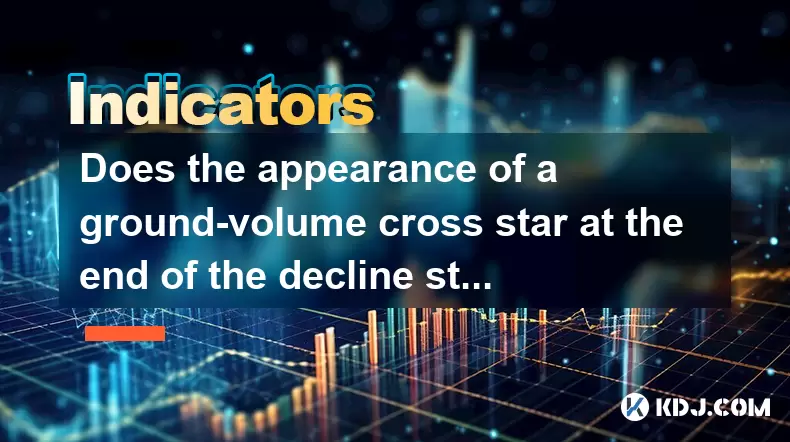
Does the appearance of a ground-volume cross star at the end of the decline stop the decline?
Jun 27,2025 at 10:35pm
Understanding the Ground-Volume Cross Star PatternIn technical analysis, candlestick patterns play a crucial role in identifying potential market reversals. One such pattern is the ground-volume cross star. This pattern typically appears at the bottom of a downtrend and is characterized by a small-bodied candle with long upper and lower shadows, accompa...
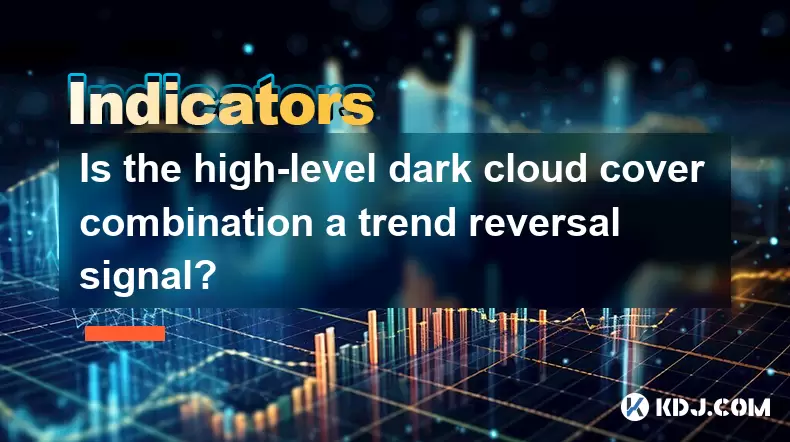
Is the high-level dark cloud cover combination a trend reversal signal?
Jun 28,2025 at 05:28am
Understanding the High-Level Dark Cloud Cover PatternThe high-level dark cloud cover is a well-known candlestick pattern that often appears at the end of an uptrend. This pattern typically signals a potential reversal from bullish to bearish sentiment in the market. In the context of cryptocurrency trading, where price movements can be highly volatile, ...
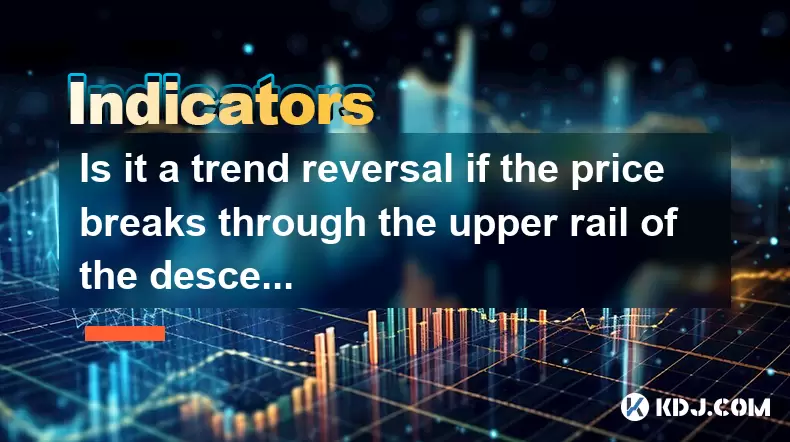
Is it a trend reversal if the price breaks through the upper rail of the descending channel and then steps back without breaking?
Jun 27,2025 at 05:35pm
Understanding the Descending Channel PatternA descending channel is a technical analysis pattern formed by two parallel downward-sloping trendlines, one acting as resistance and the other as support. This pattern typically indicates a continuation of a downtrend, where price action oscillates between these two boundaries. Traders often look for breakout...

Is it necessary to clear the position when the 5-day moving average crosses the 10-day moving average?
Jun 27,2025 at 07:21pm
Understanding the 5-Day and 10-Day Moving AveragesIn the realm of technical analysis within the cryptocurrency market, moving averages play a crucial role in identifying trends and potential reversal points. The 5-day moving average (MA) and 10-day moving average are two of the most commonly used short-term indicators by traders. These tools smooth out ...

Can I add positions after breaking through the upper edge of the box and stepping back without breaking?
Jun 27,2025 at 09:56pm
Understanding the Box Breakout StrategyIn cryptocurrency trading, box breakout strategies are commonly used by technical analysts to identify potential price movements. A box, or a trading range, refers to a period where the price of an asset moves within two horizontal levels — the support (lower boundary) and resistance (upper boundary). When the pric...

Does the KDJ overbought zone blunting mean that the trend continues?
Jun 27,2025 at 03:35pm
Understanding the KDJ Indicator in Cryptocurrency TradingThe KDJ indicator, also known as the stochastic oscillator, is a popular technical analysis tool used by traders to identify overbought or oversold conditions in asset prices. In the cryptocurrency market, where volatility is high and trends can change rapidly, understanding how to interpret the K...

Does the appearance of a ground-volume cross star at the end of the decline stop the decline?
Jun 27,2025 at 10:35pm
Understanding the Ground-Volume Cross Star PatternIn technical analysis, candlestick patterns play a crucial role in identifying potential market reversals. One such pattern is the ground-volume cross star. This pattern typically appears at the bottom of a downtrend and is characterized by a small-bodied candle with long upper and lower shadows, accompa...

Is the high-level dark cloud cover combination a trend reversal signal?
Jun 28,2025 at 05:28am
Understanding the High-Level Dark Cloud Cover PatternThe high-level dark cloud cover is a well-known candlestick pattern that often appears at the end of an uptrend. This pattern typically signals a potential reversal from bullish to bearish sentiment in the market. In the context of cryptocurrency trading, where price movements can be highly volatile, ...

Is it a trend reversal if the price breaks through the upper rail of the descending channel and then steps back without breaking?
Jun 27,2025 at 05:35pm
Understanding the Descending Channel PatternA descending channel is a technical analysis pattern formed by two parallel downward-sloping trendlines, one acting as resistance and the other as support. This pattern typically indicates a continuation of a downtrend, where price action oscillates between these two boundaries. Traders often look for breakout...
See all articles























































































